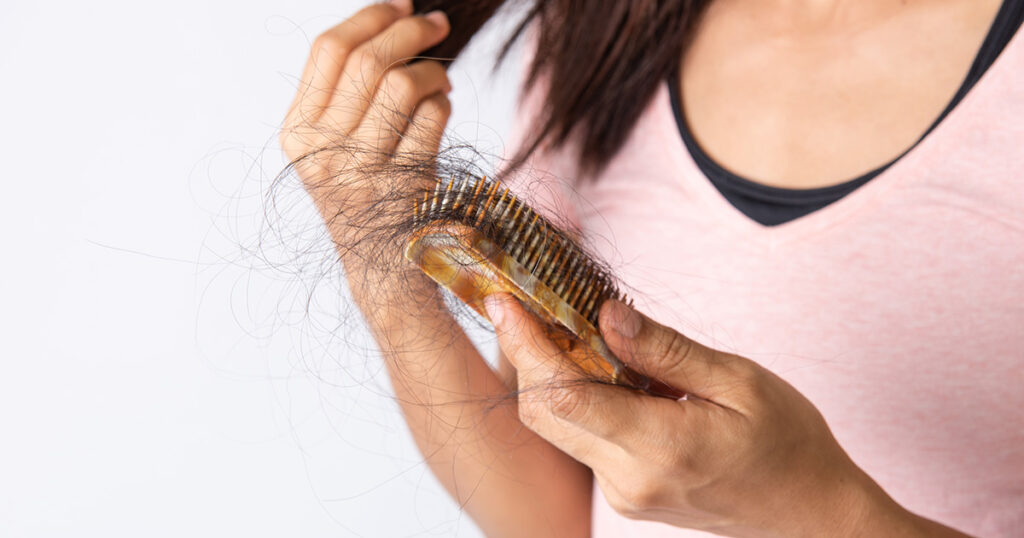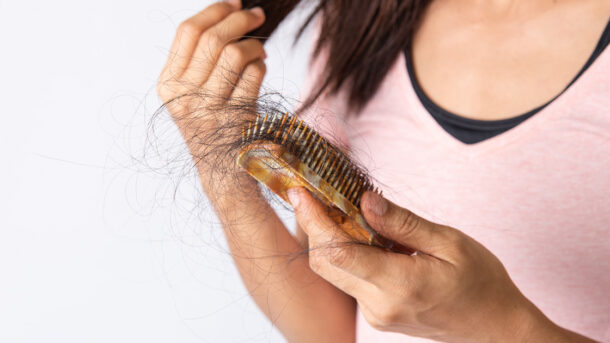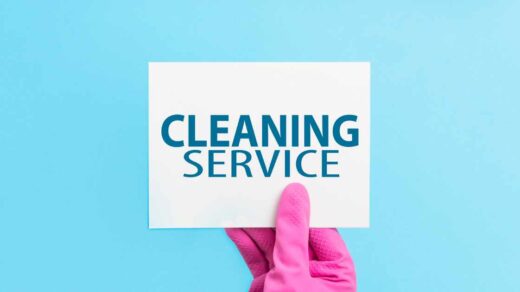Spring brings new growth everywhere. Yet, when you touch your own hair, you might feel that sinking feeling. Today, shedding strands isn’t just normal renewal; it’s evolved into the dreaded term “hair loss.” Moreover, hair loss isn’t just an “older person’s problem” anymore. Shockingly, it’s breaking free from age limits, becoming an embarrassing reality for countless young people.
Some see their hairlines marching backwards, threatening to mimic a famous burger logo. Others notice their crowns shining brighter, feeling the sun’s sting. Still others find their hair thinning drastically, feeling handfuls wash down the drain. Hair loss is becoming a common, unwelcome experience. So, what’s really happening to our hair?

1. How Much Hair Loss is Actually Normal?
Hair is a skin appendage, a cylindrical structure made of keratin. Hair loss refers to strands falling out. Normal, physiological shedding maintains a balance between resting and growing phases. Pathological hair loss, however, means excessive, abnormal shedding.
Typically, losing 50-60 hairs daily is normal for a healthy adult. But, shedding over 100 hairs daily signals pathological hair loss. If this persists for 2-3 months, see a doctor promptly. This type of hair loss gets attention primarily because it impacts appearance, affecting both mental and physical health. Additionally, it can sometimes warn of underlying diseases.We classify hair loss severity into 7 stages. See where you might fit?
- Stage 1: Normal hairline.
- Stage 2: Slight recession at the temples, forehead appears a bit higher.
- Stage 3: Noticeable recession at temples and/or forehead.
- Stage 4: Clear baldness at the front; overall thinning on top, but not complete baldness – fine hairs remain.
- Stage 5: Hair loss at the front and crown (vertex), forming a “bridge” of hair between them; larger bald area.
- Stage 6: The bridge disappears; front and crown bald areas merge, expanding backwards.
- Stage 7: The most severe stage. Only a band of hair remains around the sides and back (horseshoe pattern).
2. Why Does the Hair Keep Falling Out?
Modern medicine links hair loss to roughly ten key factors:
- Androgenetic Alopecia (AGA)
Hereditary pattern baldness triggered by excess androgens (DHT >30μg/L), damaging follicles. Causes temple/frontal recession or crown thinning. - Stress-Induced (Telogen Effluvium)
Severe stress/illness disrupts growth cycles, forcing hairs into resting phase → delayed shedding. - Endocrine Disorders
Hormonal imbalances (thyroid issues, menopause) disrupt hair growth. - Nutritional Deficiencies
Protein/B vitamin/iron/zinc deficiencies, malnutrition, or extreme dieting → thinning or patchy loss. - Physical Damage
UV radiation, heat styling, traction alopecia (tight ponytails/braids). - Chemical Damage
Over-processing (dyes/perms), harsh shampoos, or drug side effects (chemotherapy, beta-blockers). - Infections
Fungal/bacterial/viral scalp infections; high fever (temporary loss, recovers in 6 months). - Systemic Diseases
Autoimmune disorders (Lupus, Sjögren’s) causing inflammatory scalp damage. - Congenital Conditions
Rare genetic defects causing sparse/absent hair at birth. - Seasonal Shedding
Increased summer loss due to heat-expanded pores.
3. How Can We Rescue Our Hair?
While advanced hair loss can be tough, early-stage loss is often manageable. Crucially, focus on diet, healthy habits, and consistency. Important: Don’t self-medicate! Consult a doctor for proper diagnosis. Treatments might include topical Minoxidil (stimulates blood flow/growth for various types of loss) or oral Finasteride (blocks DHT specifically for AGA). For severe, stable loss, hair transplantation is an option for suitable candidates.
However, these are reactive measures. Prevention is paramount. Start with these steps:
- Ditch Plastic Combs/Brushes: They cause static, irritating the scalp. Also, change your parting regularly to avoid sun damage along the line.
- Wash Every Other Day: Washing every 1-2 days is usually sufficient. Gently massage your scalp while shampooing for cleansing and stimulation.
- Dry Hair Gently: Wet hair is fragile. Pat dry with a towel – don’t rub! Avoid frequent high-heat blow drying (>100°C damages hair).
- Avoid Harsh Shampoos: Strong detergents or alkaline formulas dry hair out. Choose mild, pH-balanced (slightly acidic) shampoos.
- Quit Smoking: Nicotine constricts scalp blood vessels, starving follicles.
- Limit Alcohol: Hard liquor, especially warm, generates scalp heat/dampness linked to loss. Even beer/wine should be moderate. Give your liver (and scalp) a break – aim for at least 2 alcohol-free days weekly.
- Manage Stress: Anxiety and depression accelerate loss. Deep relaxation helps. Try a warm foot bath before bed for better sleep and hair health. Remember: Midnight to 2 AM is prime hair growth time – chronic sleep deprivation starves follicles.
4. Do Anti-Hair Loss Shampoos Actually Work?
Countless shampoos claim to prevent hair loss or boost growth. But here’s the truth: The only internationally proven, drug-based treatments for significant regrowth are Minoxidil and Finasteride, mentioned earlier.However, some shampoo ingredients can support scalp health and hair strength. Depending on your needs, consider formulas containing:
- Ketoconazole (e.g., Nizoral): This antifungal helps reduce scalp DHT levels and inflammation (often linked to excess oil and microbes like mites), creating a healthier environment for follicles. It also fights dandruff.
- Caffeine: Research suggests caffeine molecules can penetrate the scalp, potentially helping to counteract DHT’s effects on follicles. Note: Drinking coffee isn’t an effective delivery method for hair benefits.
- Biotin (Vitamin B7): Essential for skin and keratin health. Deficiency (often alongside zinc deficiency) can contribute to hair loss, though supplementing only helps if you’re deficient.
Finally,what about hot oil treatments? While they might condition dry hair, results vary greatly. Crucially, they can worsen oily scalps or seborrheic dermatitis by trapping excess sebum, potentially aggravating loss, especially if overheated. Limit them to once a week maximum if you have a dry scalp.



